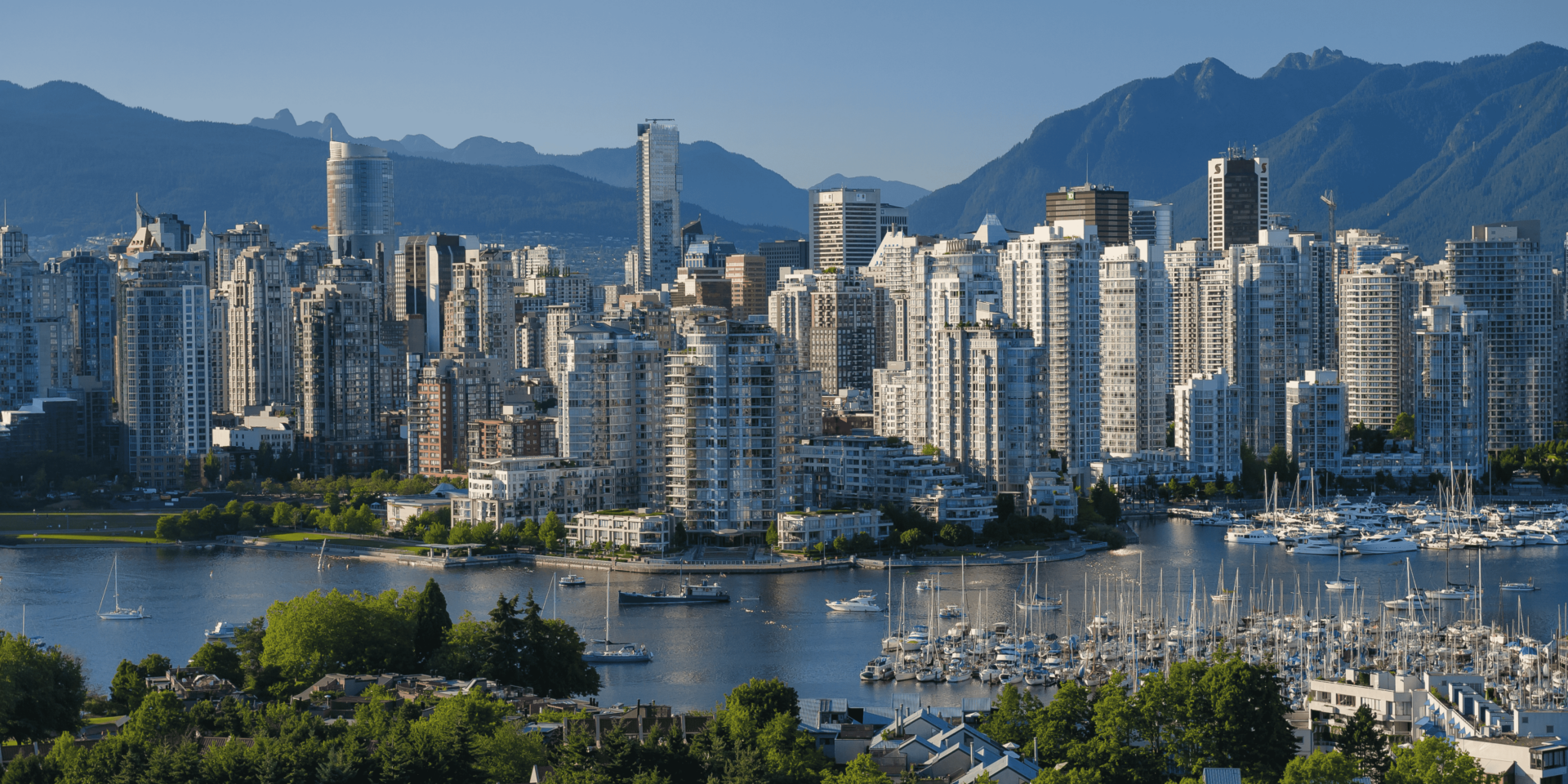Vancouver’s skyline tells a layered story of nature and design. Tall glass towers rise beside the sea, reflecting mountain peaks and shifting clouds. Few cities offer such a powerful contrast between built and natural elements. Capturing this skyline means more than snapping buildings—it means reading the city through its shapes, light, and atmosphere.
Why the Skyline Reflects the City’s Identity
Vancouver’s skyline changes with weather, light, and season. Its glass surfaces mirror what surrounds them—from morning fog rolling in off the ocean to the orange glow of a winter sunset. These reflections aren’t just visual effects. They show how the city responds to its environment. That connection makes the skyline a living part of Vancouver’s story.
The Role of Fog in Framing the View
Fog isn’t just a weather event in Vancouver—it’s a design element. It softens sharp lines, hides parts of buildings, and creates a moody, layered effect. For photographers, fog helps simplify busy scenes and bring focus to specific shapes or shadows. When the tops of towers disappear into mist, the viewer is left to imagine what lies above.
Glass Towers That Capture the Sky
Vancouver’s modern buildings are made with glass that does more than shine. These towers pull in the sky, the sea, and even the people walking below. Their reflective surfaces allow photographers to shoot scenes twice—once in reality and once in reflection. That mirrored world tells its own version of the skyline, adding dimension to every photo.
Mountains as a Constant Backdrop
No matter where you stand in Vancouver, the North Shore Mountains remain in the frame. Their scale grounds the city, offering a sense of place and permanence. They contrast the vertical rise of glass towers, giving photos a natural anchor. The mountains change in texture throughout the day, from shadowed ridges in the morning to sunlit slopes by evening.
Positioning Matters: Choosing the Right Vantage Point
To capture the best skyline angles, position matters. High viewpoints like bridges and nearby hills show the city’s full shape against the mountains and water. Lower angles from parks or shorelines bring out the height and scale of towers. A well-chosen location controls what you include and what you leave out, shaping the viewer’s experience.
Timing the Light for Mood and Detail
Light defines the skyline in powerful ways. Early morning gives soft light and fewer distractions, while late afternoon brings color and shadow. Golden hour warms the buildings, and blue hour creates contrast between the city lights and a fading sky. Cloud cover adds texture, helping define the shape of towers without harsh shadows.
A Realistic Scenario: Skyline Photography in Action
Imagine you’re on the south shore of False Creek at dawn. The fog rolls across the water as glass towers start to glow in the early light. The mountains fade in and out behind the city. As the fog lifts, layers of detail emerge—steel beams, window frames, and rooftop gardens. You adjust your angle to frame a tower between two pine trees, using natural elements to shape the shot.
This moment shows how Vancouver’s skyline works as both subject and setting. You’re not just taking a picture of a building. You’re showing how that building fits into a wider world—how it reacts to light, weather, and space.
Composition Techniques to Maximize Impact
Strong skyline shots need more than just tall buildings. Use lines, reflections, and balance to lead the viewer’s eye. Vertical towers can pair with horizontal elements like bridges or waterfront paths. Reflections in water or glass can echo the shape of the skyline, doubling its impact. Framing part of the shot with trees or structures adds depth and context.
Editing with Intention, Not Just Filters
Post-processing helps bring out the emotion in skyline photos, but it needs a purpose. Adjusting contrast can highlight layers in foggy shots. Sharpening reflections can separate the real from the mirrored. Cropping tight around key shapes can focus attention. Every edit should support the story you want the image to tell.
Why Vancouver’s Skyline Photography Matters
Photographing Vancouver’s skyline isn’t only about beauty. It’s about observing how a city and its surroundings live together. The skyline reflects more than architecture. It shows the connection between people, place, and nature. With each photo, you freeze a moment where those forces meet.
